For several years now, Valais-based sculptor and visual artist Jonas Wyssen has regularly used artificial intelligence in some of his work. Working at the intersection of nature and technology, the artist explores the possibilities offered by generative AI while profoundly questioning what it means for contemporary artistic creation. The key is not to get lost in the maze of possibilities offered by AI and to remain in control of the creative process.
‘I discovered Stable Diffusion and Midjourney in early access back in 2022. I was blown away,’ says Jonas Wyssen. This initial fascination led him to explore the creative possibilities of these technologies, while maintaining a critical eye on their impact.
The artist draws a historical parallel between the arrival of AI and that of the compact camera. ‘Imagine a photographer 100 years ago pressing a button and seeing that the machine does the work.’ Every technological innovation disrupts established paradigms and forces creators to reinvent themselves. ‘Today, it’s difficult to create images that touch people, especially since everyone has a camera in their pocket.’
However, the current phenomenon of machines that can create is not fundamentally new. Jean Tinguely had already created mechanical machines that drew. The delegation of artistic gestures to machines did not begin with artificial intelligence. However, the scale and speed of generative AI pose new challenges. ‘It’s so quick to create with AI that sometimes you forget what you’re doing. Potentially, you can get lost in the tools, so much so that the machine takes control of the creative process. You have to be careful,’ according to Jonas Wyssen.
A personal methodology for creation with AI
Despite these reservations, the Swiss artist has developed a methodical approach to integrating AI into his artistic practice. ‘I produce 40 to 50 images with AI, then I select the three best ones before reworking them with Photoshop or other tools.’
The artist has also explored dialogue with different AI models, notably mentioning his experience with the Da Vinci robot, a system developed by Mathema in Florence. Jonas Wyssen asked this artificial intelligence, which was fed with the works of Leonardo da Vinci, to create a self-portrait of artificial intelligence. ‘So that I could look AI in the eye,’ explains the artist.
The result is unsettling: a barely human face, frozen in an enigmatic half-smile reminiscent of the Mona Lisa — but with the strangeness inherent in generated images, which is as unsettling as it is fascinating. Jonas Wyssen also tried his hand at creating a work inspired by Claude Monet’s Impression, Sunrise.
‘It’s very different from Monet’s original, but you can see that it was inspired by it.’ This experiment immediately raises the crucial question of copyright: ‘Who really created it? It’s essentially a co-creation, like a designer using a font created by someone else for their work.’
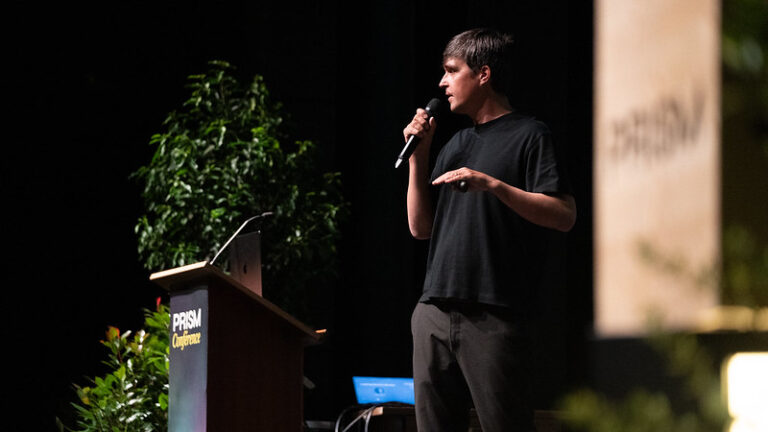
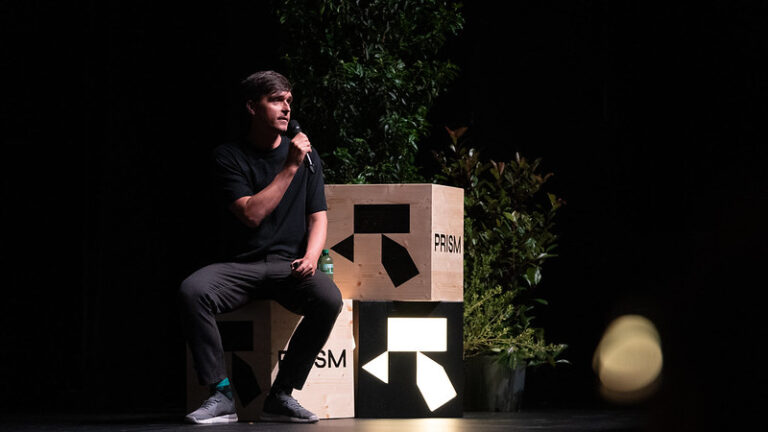
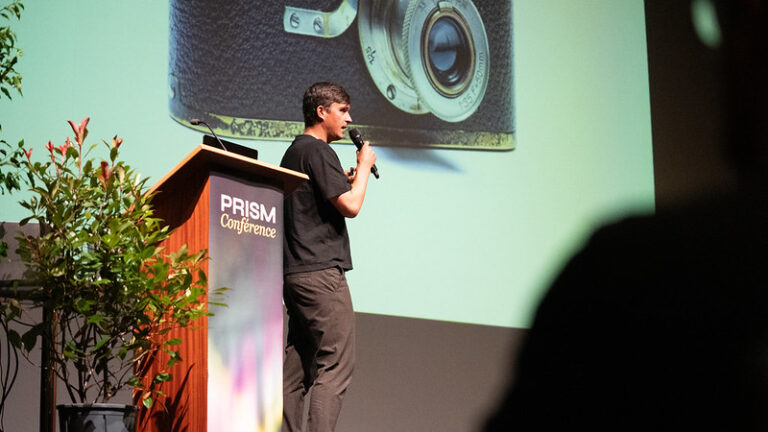

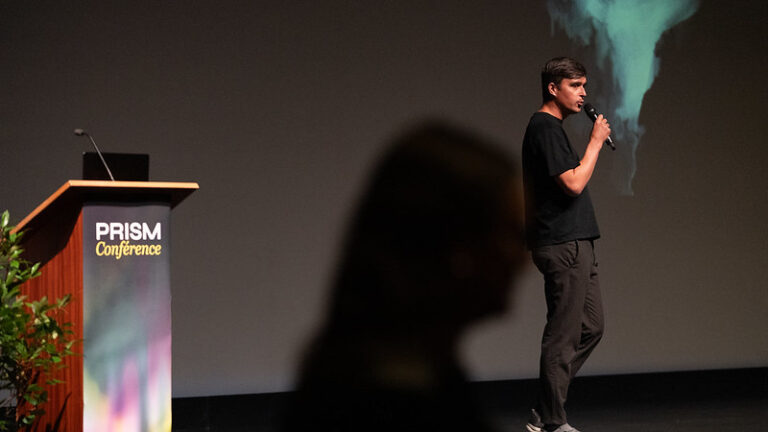
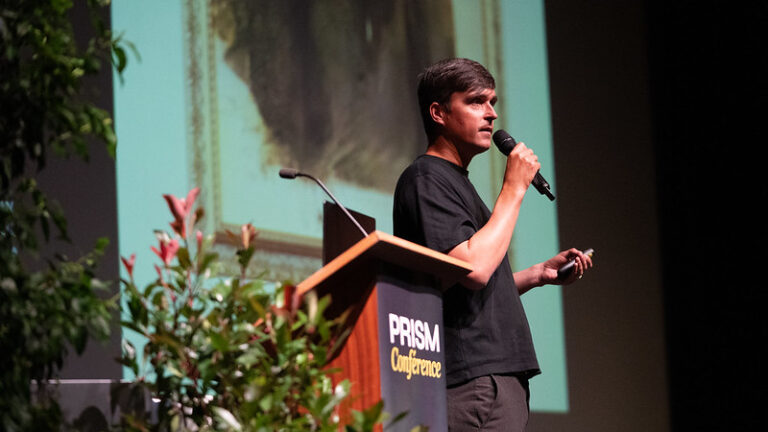
AI is gaining ground... and selling well
In general, Jonas Wyssen suggests redefining the role of the artist, who, rather than being threatened by technology, is evolving into an artistic director or curator of ideas, guiding and selecting the proposals generated by the machine. In this context, the power of the tools poses a challenge for the artist, who must maintain their creative vision in the face of the proliferation of options offered by the machine.
If Jonas Wyssen is neither technophobic nor blindly enthusiastic about AI, it is perhaps because he keeps in mind the very essence of the artistic process. ‘Art is above all about touching people. And with AI, despite its technical power, it is difficult to create something memorable.’ Yet a portrait of Alan Turing created by artificial intelligence was sold for £770,000 at Christie’s. This is proof of the growing importance of technology and its relevance in the field of art.
Comments gathered on 13 May 2025 in Monthey during the PRISM Conference.
